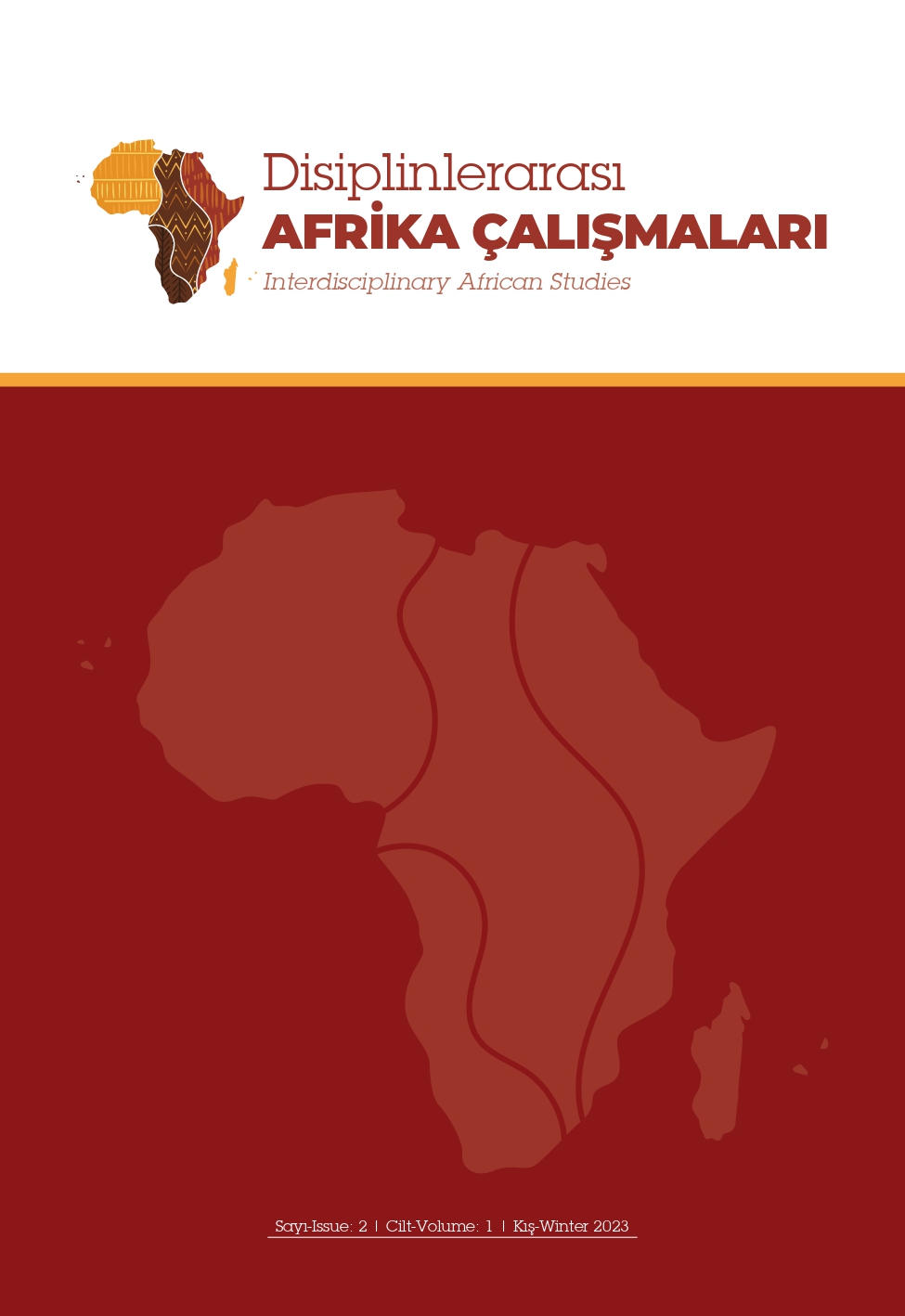Armenians in Egyptian Arab Society Throughout History
Abstract
The history of Armenians dates back to the 6th century BC, appearing in some regions of the Caucasus and Anatolia. During these periods, Armenians continued their existence as independent or dependent kingdoms. Throughout history, Armenians have lived under many different dominations such as the Persian Empire, Roman Empire, Byzantine Empire, Arabs, Seljuks, Mongols and Ottoman Empire, gaining various degrees of political and religious autonomy. Armenians living under the rule of the Ottoman Empire since the 16th century were considered the "loyal nation" and were the most sincere among the Christian peoples in terms of service and the last of those who rebelled against the Ottomans. The Armenians, who lived under Ottoman rule for centuries, rose to privileged positions, including the elderly and senior positions, thanks to their loyalty and talents. Armenians, who were caught up in nationalist movements since the end of the 19th century, began to rebel against the Ottoman Empire and commit acts of terrorism as a result of the provocations of Russia, France and England through epidemic seasons. In 1894, 1895, 1896 and 1909, they carried out actions such as Sason rebellions, Ottoman Bank oppression, attacks on Bâb-ı Âlî and the Old Bazaar, assassination attempt on Sultan Abdülhamid and Adana uprising. When the Armenians plundered the Turkish villages that were in the way of supporting the Russians during World War I and betrayed the photographs of the massacres to the Ottoman Empire, the Ottoman government deemed this a crime of treason and decided to deport those living in the border and frontline areas to the inner regions. Because of these failures and losses, Armenian migration to various Arab countries increased. This study examines the historical background of Armenians who immigrated to Egypt.
References
ABDU'L-KERÎM, A. İ. (1938). Târîh et-Ta'lîm Fî 'Asr Muhammed Aliy. Kahire: Mısır Kalkınma Ofisi.
ADALİAN, R. (1980). The Armenian Colony of Egypt during The Reign of Mohammed Ali (1805-1848), Vol. 33, No. 128. Los Angeles.
AFÎFÎ, M. (1992). el-Akbât Fî 'el-Asr el-Usmâniy. Kahire: Mısır Genel Kitap Kurulu.
AGAZARİM, N. M. (1911). Ma'lûmât An el-Câliyât el-Ermeniyye Fî Mısr. Kahire.
ARARADYAN, A. (2/11/1844, 19/2/1866). Fecru Ârârâd İzmir.
AHMED, İ. Ş. (1917). Corcî Zeydân ve Meşru’u’l-Hadâseti’l-İsti’mârî. Kahire: Hindâvî.
ARTİN BEY (1800-1895), Vol.2. (1895). Revue d’Egypte. Le Caire.
AŞÇIYAN, A. S. (2012, 08 Monday). Şeyhu el-Cami'a el-Ezher Yasduru Fetvâ Yuneddidu Fîhâ Bi el-Mecazir Elletî Nazzamehâ el-Etrâk Bi Hakkı el-Ermen. Armanian Issues, s. http://ara-ashjian.blogspot.com/2012/08/al-azhar-grand-sheikhs-fatwa-condemning.html.
Downloads
Published
How to Cite
Issue
Section
License
Copyright (c) 2023 Interdisciplinary African Studies

This work is licensed under a Creative Commons Attribution 4.0 International License.






